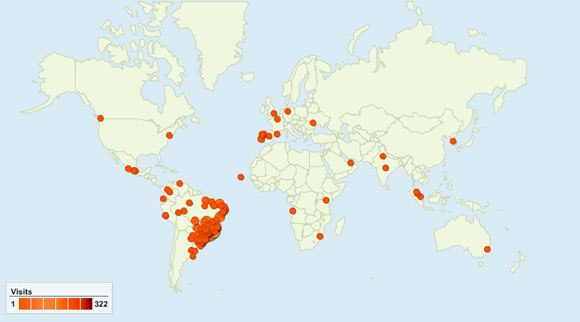Evaluation of regionalization flows models performance at Santa Bárbara River Basin, Goiás, Brazil
Keywords:
water resources, water availability, reference flows
Abstract
Information on river flows is essential for water resources management. Most of the Brazilian small watersheds is ungauged. Regionalization of hydrologic information is an alternative way to get this lacking information. The regionalization models, however, are a simplified representation of natural phenomena, what could lead to miscalculation. Therefore, these models should be tested before being used as a management tool. This paper evaluates the performance of the regionalization models created for the Santa Bárbara River Basin region, in Goiás. This river basin is located between 17º45’ and 18º15’ South and 49º36’ and 50º03’ West and has a catchment area of 1371,16 km2. The models estimate average streamflow, maximum streamflow, minimum streamflow, the 95% duration streamflow, the seven day, ten years, minimum streamflow and the monthly-average streamflows. The tested streamflow regionalization models proved to be good enough for average flows, but not for maximum and minimum events. The models based on homogeneous regions were superior to those that ignored that aspect. The model that uses drainage area and density to estimate the 95% duration streamflow could be used in water resources management with little error. The use of this model would better represent the water availability at Santa Bárbara River Basin than a few local measurements currently used.
Published
26/08/2008
Issue
Section
Papers
Authors maintain the copyrights for their work. However, they grant rights of first publication to Ambiente e Agua - An Interdisciplinary Journal of Applied Science. In compensation, the journal can transfer the copyrights, allowing non-commercial use of the article including the right of sending the article to other data bases or publication media. The journal uses the CC BY 4.0 license"






